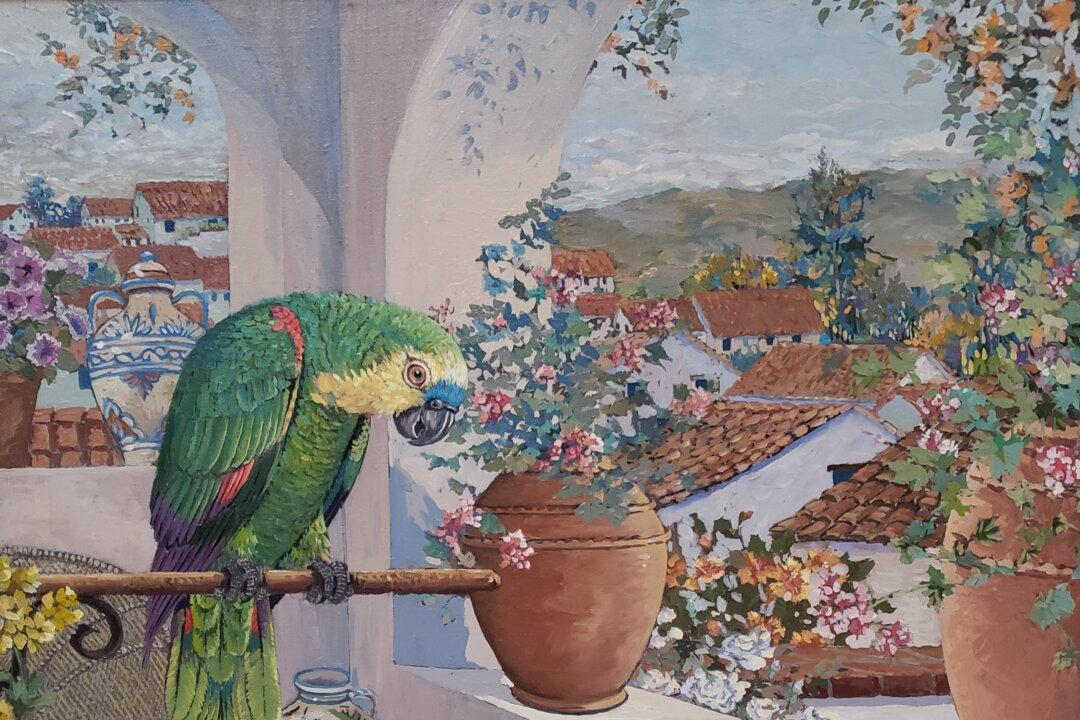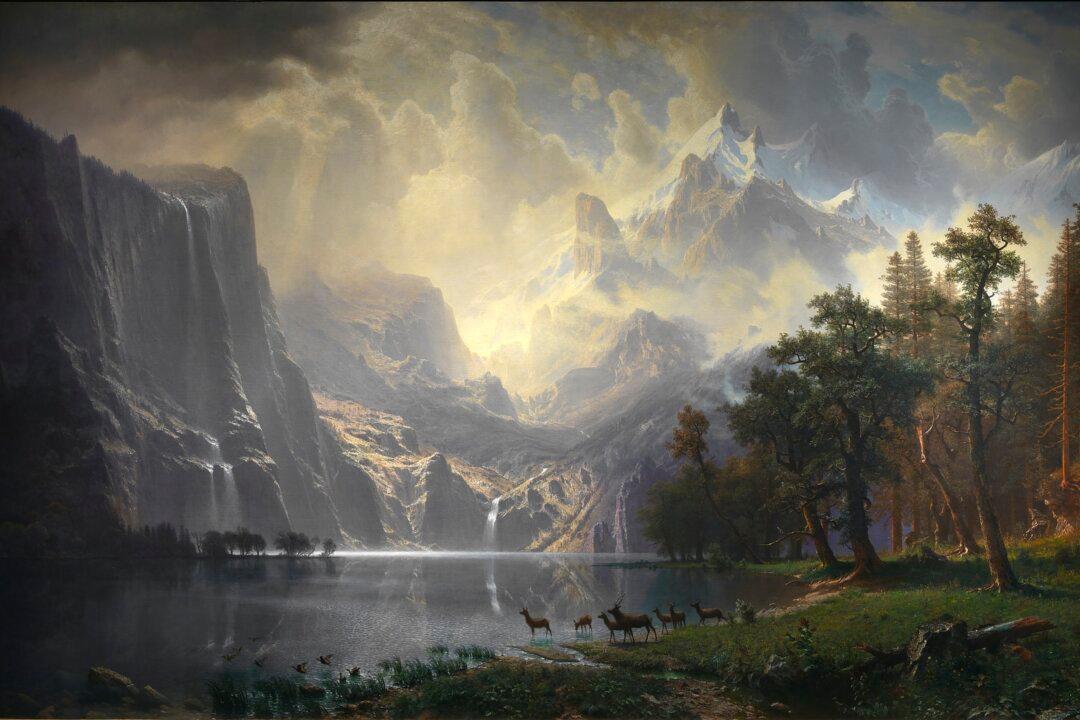John Powell has been one of my favorite artists for years. He resides in a comfy home with his wife, Wendy, not far from Santa Barbara, California. When not dodging the worst of the state’s fires, he plies his trade. Most of us picture a 9-to-5 job and think, well, boring. But an artist can put in whatever hours he wants, and whenever he wants, after all—he is an artist!
John works in his studio in a wooded area beyond his home. There is a large open space where a Persian carpet covers most of the floor, giving warmth to the California cool mornings and mountainy air. At one end of the carpet is a massive easel, with solid oak uprights and bars that cross them, chest high, so a canvas can be secured—actually, trapped in—so there is no movement while he works his magic.






